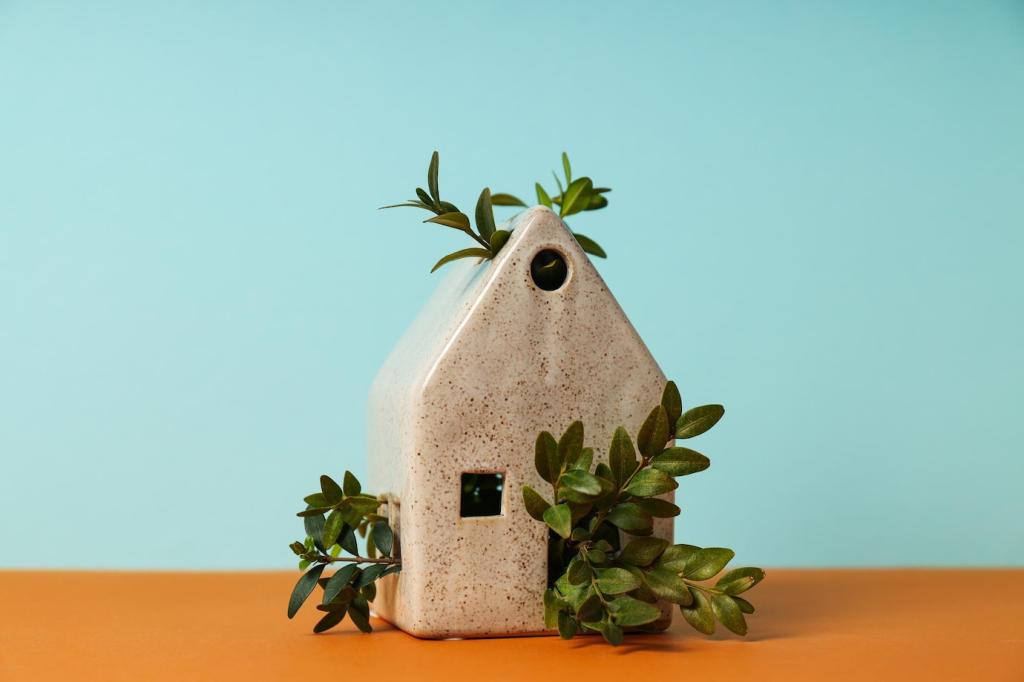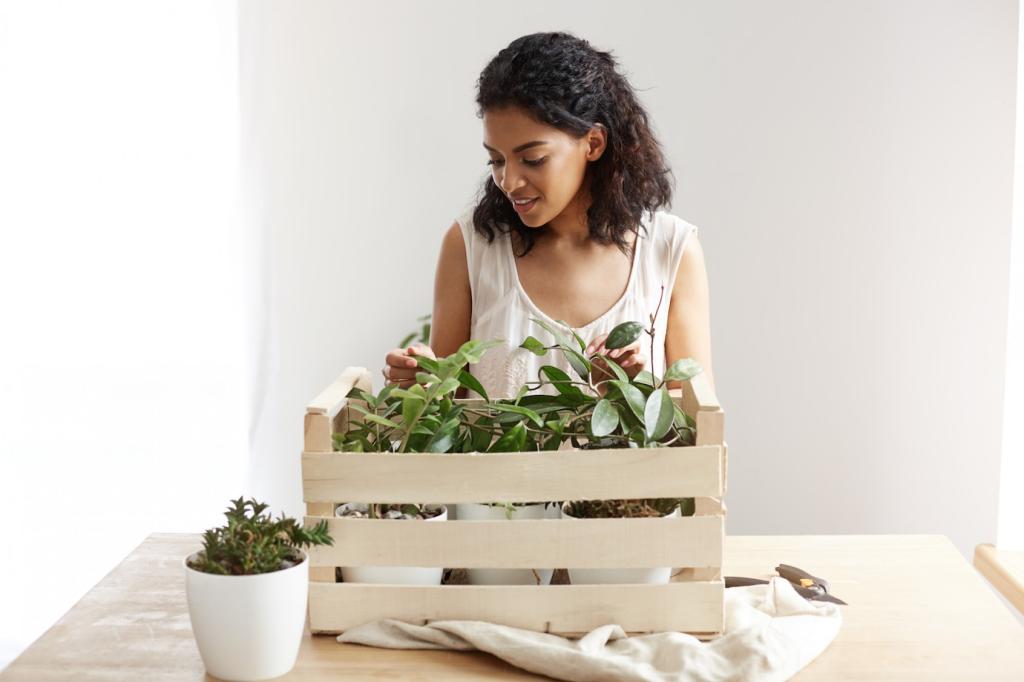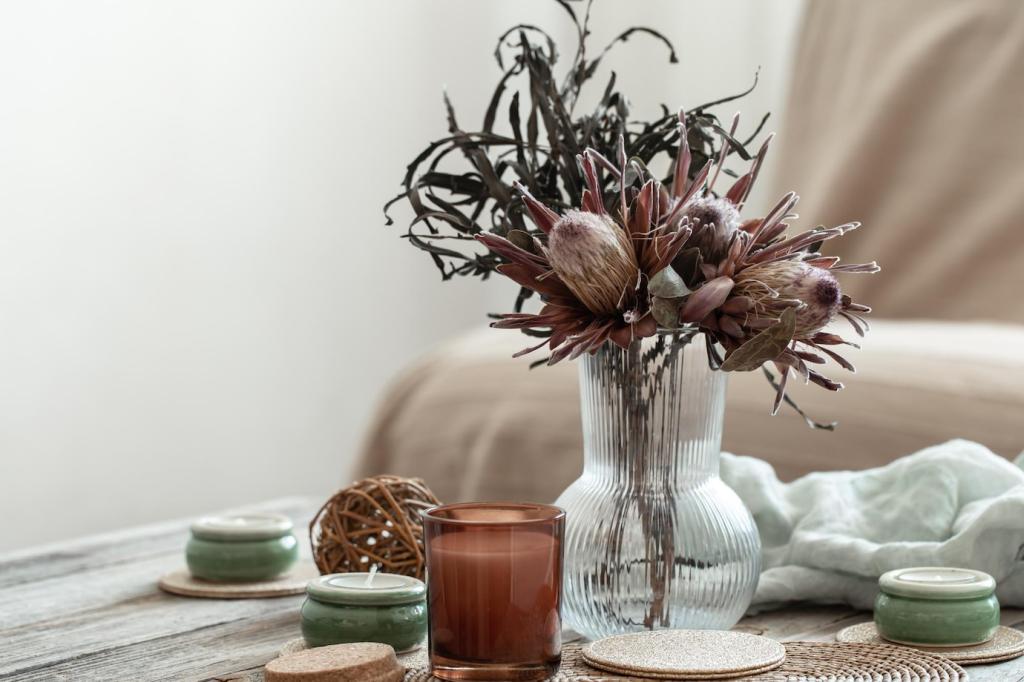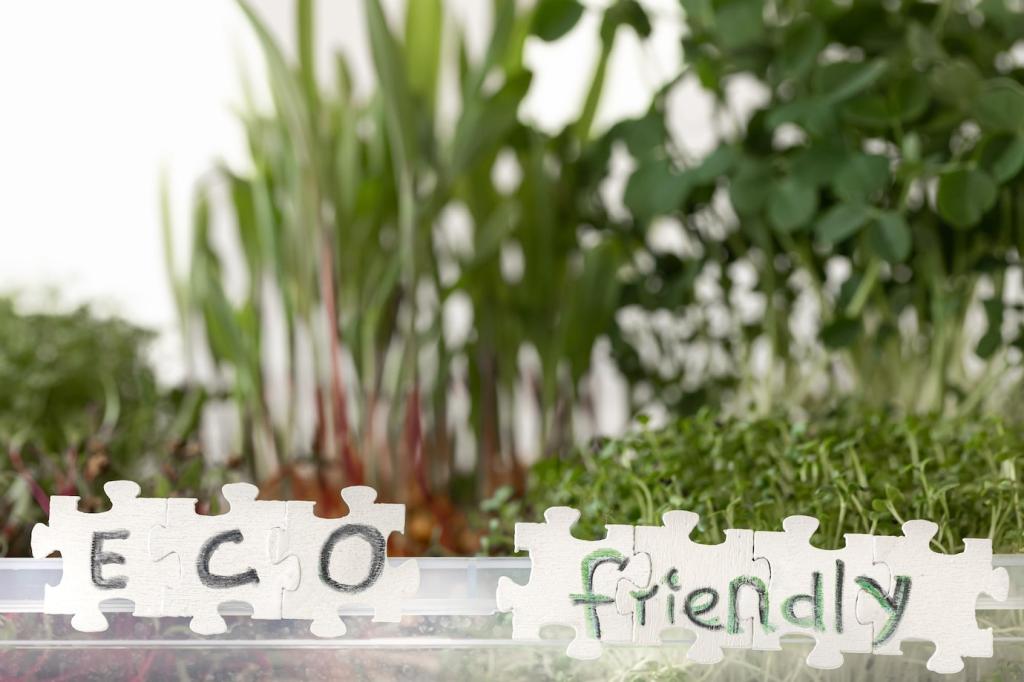
Discover Organic and Non-Toxic Paint Options
Chosen theme: Organic and Non-Toxic Paint Options. Explore healthier, planet-friendly finishes, practical tips, and inspiring stories that help you refresh your home without harsh chemicals. Join the conversation, ask questions, and subscribe for future deep dives.
Why Organic and Non-Toxic Paint Options Matter
Volatile organic compounds can linger long after paint dries, affecting comfort and health. Choosing low- or zero-VOC organic and non-toxic paint options reduces odors, off-gassing, and helps create a calmer living space for sensitive individuals and families.

Decoding Labels and Certifications for Safer Paints
What “Zero-VOC” Really Means
Zero-VOC typically refers to base formulas before colorants are added. Some tints introduce VOCs back into the mix. Ask retailers about fully zero-VOC systems, and always check technical data sheets rather than relying solely on the front label.
Trustworthy Certifications to Know
Look for third-party marks like GREENGUARD Gold, EU Ecolabel, Nordic Swan, Cradle to Cradle, and USDA BioPreferred. These certifications signal performance benchmarks for emissions, sustainability, or bio-based content across organic and non-toxic paint options.
Reading Safety Data with Confidence
Safety Data Sheets and ingredient disclosures reveal binders, solvents, and preservatives. Scan for ammonia, formaldehyde donors, or strong glycol ethers. If you need help interpreting a sheet, drop a comment, and we’ll explain ambiguous terms in future guides.
Natural binders like linseed oil, lime, clay, and milk-based casein can offer breathable, durable finishes. If you have dairy sensitivities, consider casein-free options. Breathable walls are especially helpful in older homes where moisture management matters.
Ingredients Spotlight: Inside Organic and Non-Toxic Paint Options
Iron oxides, ultramarines, and earth pigments deliver rich, stable color with minimal additives. These mineral pigments in organic and non-toxic paint options often create nuanced, light-responsive tones that look layered rather than flat under daylight and warm bulbs.
Ingredients Spotlight: Inside Organic and Non-Toxic Paint Options
Practical Application: From Prep to Perfect Finish
Wash walls with mild, low-tox cleaners, repair hairline cracks, and lightly sand for tooth. Use primer compatible with your chosen safer paint. Careful prep maximizes adhesion and helps natural binders perform beautifully across drywall, plaster, and previously painted surfaces.
Practical Application: From Prep to Perfect Finish
Select high-quality rollers with the right nap and synthetic bristle brushes for smooth application. Pair mineral or plant-based paints with recommended primers to avoid reactions. Share your surface type below, and we’ll help match tools to textures.
Practical Application: From Prep to Perfect Finish
Even low-odor paints need time to cure. Keep windows cracked, maintain moderate humidity, and avoid rushing second coats. A quiet fan and patience reward you with even sheen, resilient color, and a space you can enjoy sooner and more comfortably.
Room-by-Room Guide to Organic and Non-Toxic Paint Options
Nurseries and Bedrooms
Prioritize zero-VOC formulas with mineral pigments and gentle preservatives. Paint early so curing finishes before move-in. Soft, breathable finishes help keep nighttime air comfortable and calm, making rest routines smoother for babies, kids, and light sleepers.
Kitchens and Bathrooms
Seek moisture-resistant organic and non-toxic paint options with scrubbable finishes. Lime and clay paints can handle humidity when properly sealed. For splashes and steam, choose washable topcoats, then tell us which products hold up in your daily routine.
Living Rooms and Workspaces
Select low-gloss, low-reflective paints for cozy living areas and focus-friendly offices. Mineral pigments reduce glare while maintaining depth. If you’re video conferencing, test swatches behind your camera setup to ensure natural tones render well on screen.
A Fresh Start in a Small Apartment
One reader switched to a lime-based paint in a studio and noticed the usual paint smell was gone within hours. With windows open and a small fan, the space felt livable the same evening, encouraging a stress-free, productive workweek.
Allergy Considerations and Patch Testing
Organic and non-toxic paint options are gentler, but sensitivities vary. Always patch test for scent and ingredient reactions, especially with casein or citrus solvents. Share your results so we can compile a community-tested list of gentle favorites and alternatives.
Monitoring Air Quality at Home
Affordable sensors can help you track VOCs and humidity during projects. Watching levels drop after each coat is surprisingly satisfying. If you have a monitor, post your before-and-after readings to help others set realistic expectations for safer paint timelines.

Budgeting, Availability, and Smart Choices

Comparing Total Project Costs
Consider coverage rates, primer needs, and durability when budgeting. Higher-quality organic and non-toxic paint options may cut extra coats and future repaints, saving time and money while keeping your space healthier through fewer disruptive refreshes.

Finding Reliable Retailers and Samples
Order sample pots or swatch cards to judge color under your lighting. Local eco-focused stores often provide expert guidance. If your region lacks options, ask here; the community frequently shares trusted online sources and shipping experiences.

Planning for Maintenance and Touch-Ups
Keep a labeled jar of leftover paint for scuffs, and note batch numbers for consistency. Many safer paints touch up cleanly when applied with a light hand. Tell us your touch-up tricks, and we’ll feature the most effective methods in a roundup.
